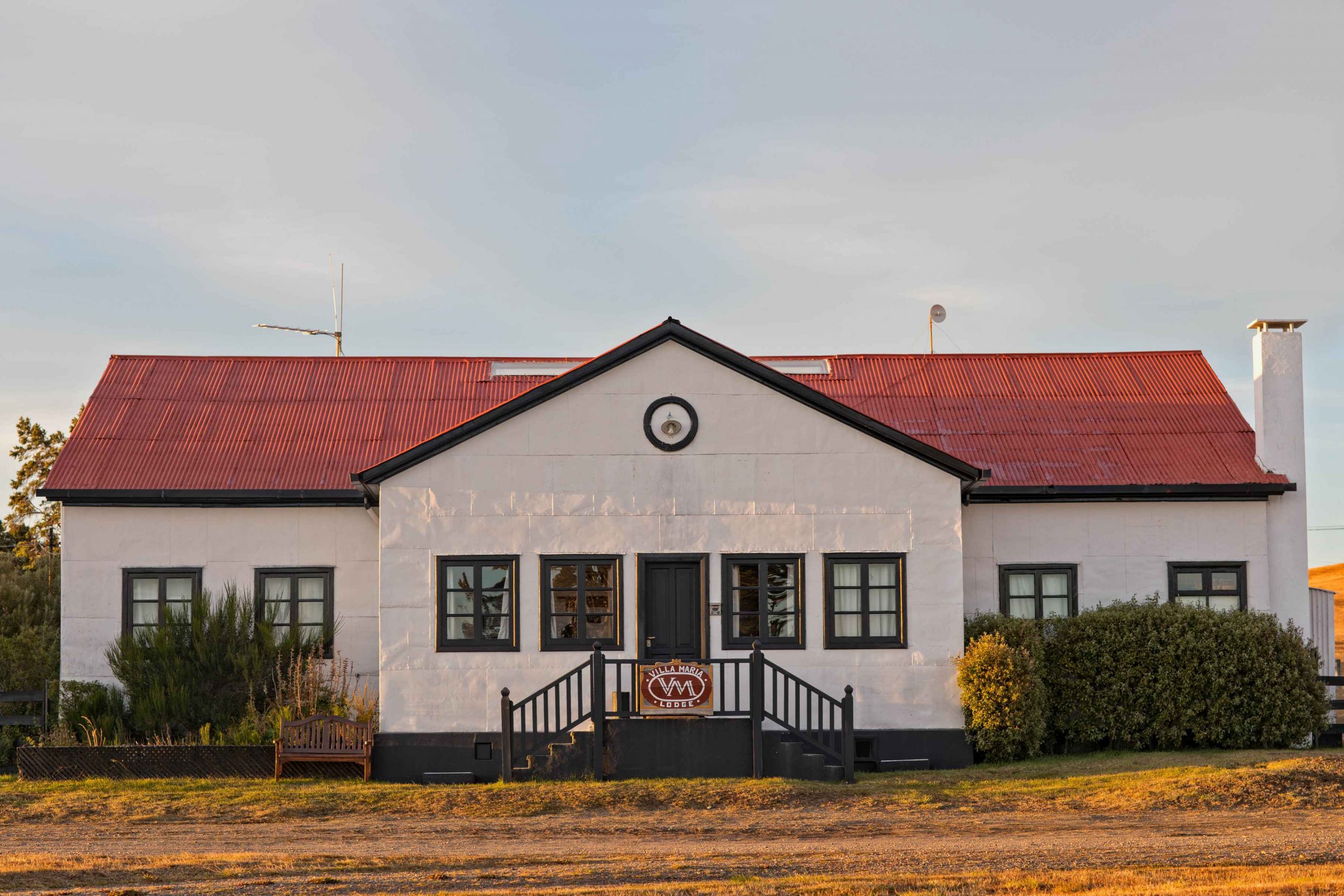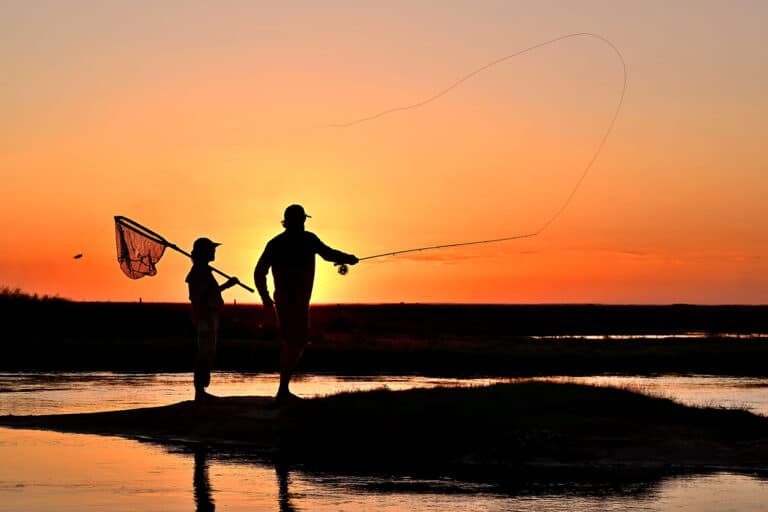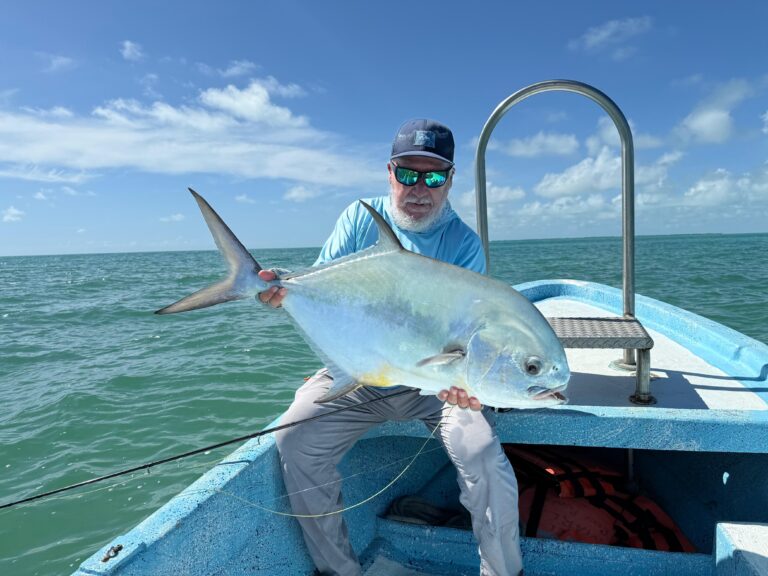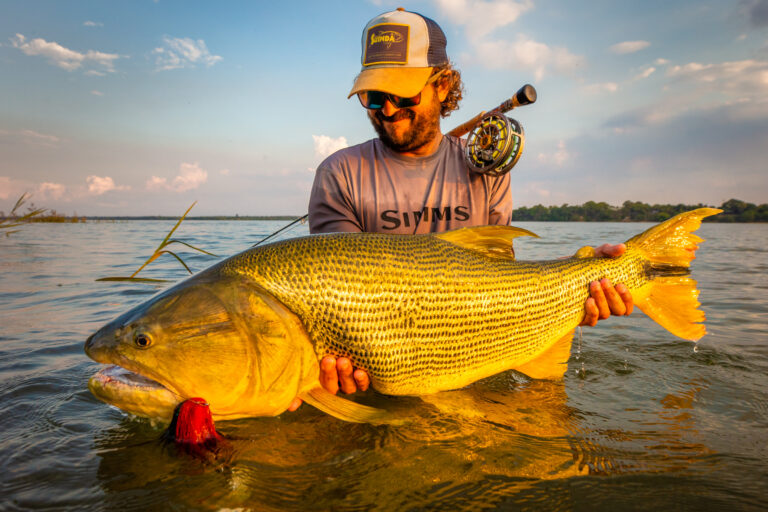Images: Chad Shmukler and Earl Harper. Words: Chad Shmukler.
Tierra del Fuego, the windswept archipelago at the tip of South America, might rightly be called the edge of the world. Separated from the rest of the South American continent by the Straights of Magellan, Tierra del Fuego is the southernmost location on the entire globe one can reach without crossing the ship and sailor-swallowing Furious Fifties and making landfall on Antarctica.
Split roughly down the middle, the western portions of Tierra del Fuego which border the Pacific Ocean belong to Chile, while the bulk of the eastern, Atlantic-facing lands are controlled by Argentina.
The archipelago’s western reaches, predominated by small islands, are mostly mountainous, wet and sparsely inhabited. But the region’s largest island, which lies to its north and east and is separated from the rest of the archipelago by the Beagle Channel (named after the HMS Beagle, the vessel that carried Charles Darwin on his historic voyage of exploration) is a large, contiguous, semi-arid, mostly low-lying land mass.








